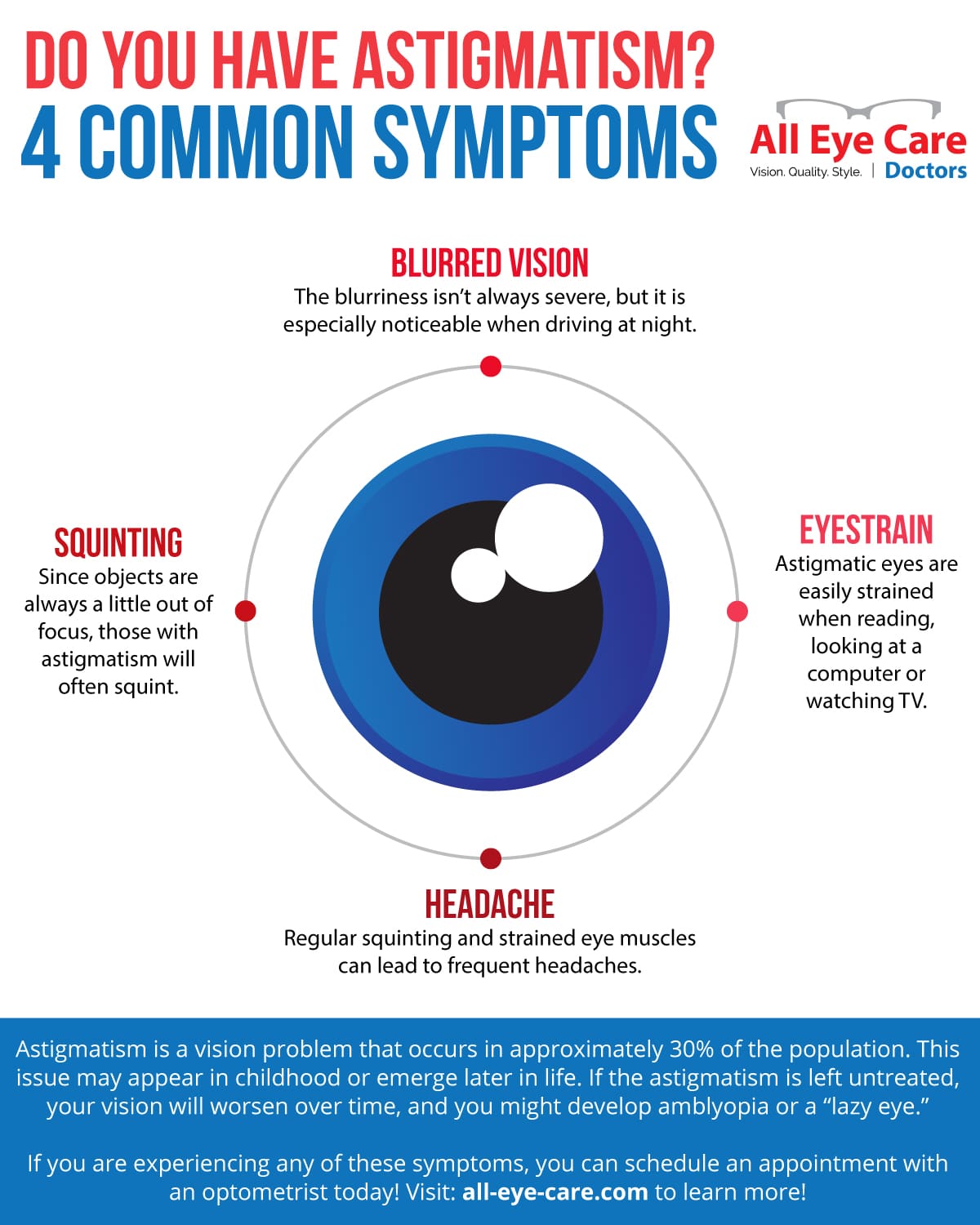Are You Curious About Discovering The Distinctions Among SMILE, LASIK, And PRK Eye Surgical Procedures?
Are You Curious About Discovering The Distinctions Among SMILE, LASIK, And PRK Eye Surgical Procedures?
Blog Article
Author-McElroy Michelsen
If you've been taking into consideration SMILE eye surgery, you might ask yourself just how it compares to LASIK and PRK. Each treatment has its very own collection of advantages and considerations. From quicker recuperation times to possible threats, there are key differences you must know before making a decision. Recognizing these differences will assist you make an enlightened selection that straightens with your particular demands and expectations. Curious to know even more concerning how these procedures contrast thoroughly? Continue checking out to obtain a detailed understanding of SMILE, LASIK, and PRK.
SMILE Eye Surgery Summary
If you're considering SMILE eye surgical procedure, you'll find it to be a minimally intrusive treatment with a quick healing time. During SMILE (Small Cut Lenticule Removal), a laser is used to produce a little, exact incision in the cornea to remove a little piece of tissue, improving it to fix your vision. This varies from LASIK, where a flap is created, and PRK, where the outer layer of the cornea is entirely gotten rid of.
Among the essential benefits of SMILE is its minimally intrusive nature, bring about a faster recovery procedure and less pain post-surgery. The recovery time for SMILE is fairly fast, with many people experiencing enhanced vision within a day or 2. This makes it a preferred option for those seeking a convenient and efficient vision modification procedure. Additionally, SMILE has actually been shown to have a lower danger of completely dry eye syndrome contrasted to LASIK, making it a favorable alternative for individuals worried regarding this potential adverse effects.
Distinctions In Between SMILE, LASIK, and PRK
When comparing SMILE, LASIK, and PRK eye surgical treatments, it is necessary to comprehend the unique methods used in each treatment for vision improvement.
SMILE (Small Incision Lenticule Removal) is a minimally invasive treatment that entails producing a small cut to remove a lenticule from the cornea, improving it to fix vision.
LASIK (Laser-Assisted In Situ Keratomileusis) involves creating a thin flap on the cornea, utilizing a laser to reshape the underlying cells, and after that rearranging the flap.
see here (Photorefractive Keratectomy) removes the external layer of the cornea before reshaping the tissue with a laser.
The main distinction hinges on the way the cornea is accessed and dealt with. SMILE is flapless, making it a great alternative for people with slim corneas or those involved in call sports. LASIK uses rapid visual healing due to the flap creation, however it might present a greater risk of flap-related issues. PRK, although having Cost For LASIK Eye Surgery , prevents flap-related concerns completely.
Comprehending these differences is important in choosing the most ideal treatment for your vision adjustment needs.
Benefits And Drawbacks Comparison
To examine the advantages and drawbacks of SMILE, LASIK, and PRK eye surgical treatments, it's important to think about the specific advantages and potential restrictions of each procedure. SMILE surgery supplies the benefit of a minimally invasive treatment, with a smaller sized cut and potentially quicker healing time contrasted to LASIK and PRK. It likewise minimizes the risk of completely dry eye post-surgery, a typical adverse effects of LASIK. Nonetheless, SMILE might have restrictions in dealing with higher degrees of nearsightedness or astigmatism compared to LASIK.
LASIK surgical treatment offers rapid visual recovery and marginal discomfort during the procedure. It's very effective in treating a large range of refractive mistakes, including nearsightedness, hyperopia, and astigmatism. Yet, LASIK carries a danger of flap problems, which can affect the corneal structure.
navigate to this website , while not as popular as LASIK, prevents developing a corneal flap, lowering the risk of flap-related difficulties. It's suitable for individuals with thin corneas or uneven corneal surface areas. However, PRK has a longer recovery time and might include much more discomfort during the recovery process.
Conclusion
So, when it involves choosing in between SMILE, LASIK, and PRK, think of it like selecting the ideal set of footwear. SMILE is like a sleek, comfy set of tennis shoes - fast and very easy.
LASIK is a lot more like fashionable high heels - showy and quick, however with some possible threats.
PRK is like strong treking boots - reputable and resilient, yet requiring a bit more time and effort.
Eventually, the very best option relies on your specific requirements and preferences.
